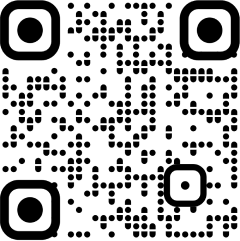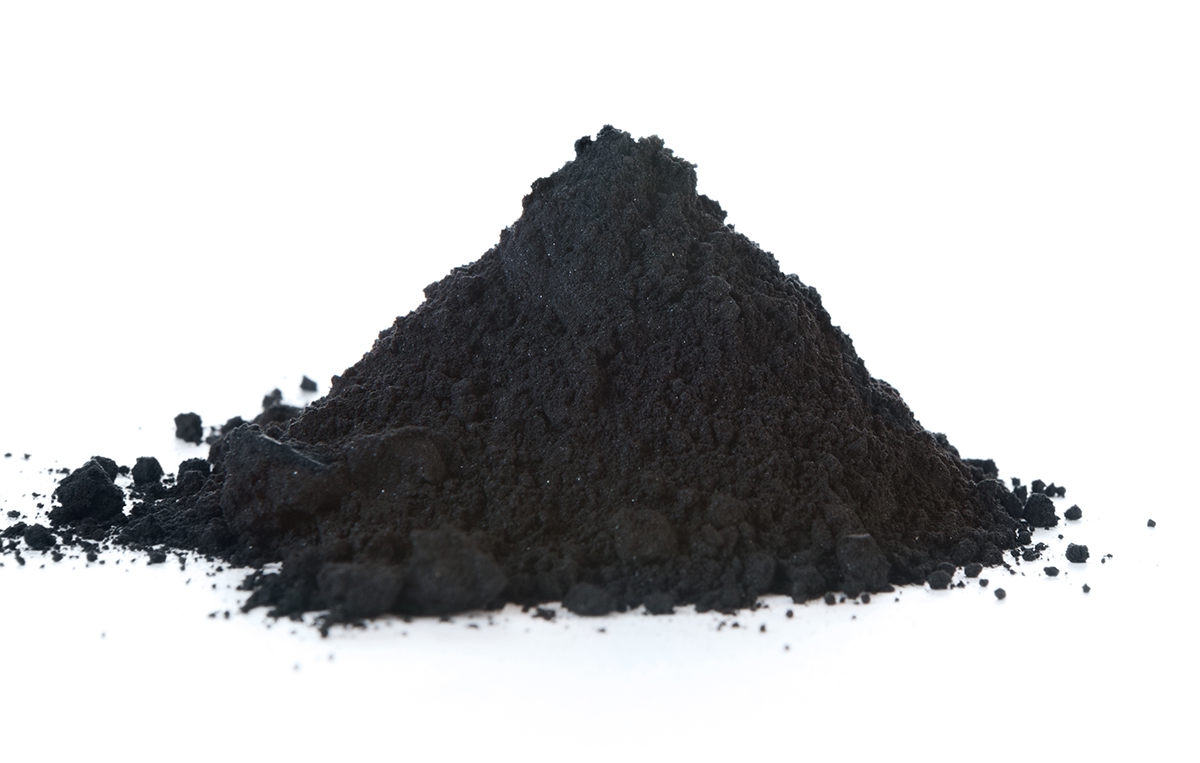New Delhi: The technical sensation began with a very loud bang. At 60 km/h, a device with a crash barrier rams into the orange C-Class saloon and hits it full on the side. Crash tests are always something special – even for the experts. But the really spectacular part of this side impact test is located in a frame on the hall ceiling above the vehicle: A linear accelerator serves as an X-ray camera.
Together with the Fraunhofer-Institute for High-Speed Dynamics, the EMI (Ernst Mach Institute) in Freiburg, Mercedes-Benz has now carried out the world’s first X-ray crash with a real car. On board was one SID II dummy on the left-hand side facing the impact. This is a test specimen with a female anatomy, specially designed for side impact tests.
This technology demonstration (proof of concept) at the EMI research crash facility in Freiburg has shown that high-speed X-ray technology can be used to visualise highly dynamic internal deformation processes. Previously invisible deformations and their exact processes thus become transparent. The numerous, high-resolution images allow precise analysis.
“The Mercedes-Benz X-ray crash sets a milestone in the development tools of the future. With a direct view into the hidden interior, it can help to draw important conclusions for the further improvement of vehicle safety. Mercedes-Benz thus confirms its role as a safety pioneer in automotive engineering,”
Markus Schäfer, Member of the Board of Management of Mercedes-Benz Group AG, Chief Technology Officer, said.
“The successful X-ray crash provides us with valuable insights to further optimize our technology for capturing previously inaccessible information. Fraunhofer EMI is thus consistently pursuing its strategy of using high-speed X-ray imaging to make dynamic processes visible,”. Malte Kurfiß, Head of Crash Test Centre, Fraunhofer EMI, said.
“The world’s first X-ray crash shows that X-ray technology can provide revealing new insights. We learn what happens inside a vehicle and to the dummies during an accident. The X-ray images also offer the opportunity to further improve the model quality of the digital prototypes,” Prof. Dr Paul Dick, Director of Vehicle Safety, Mercedes-Benz AG, said.
Ultrashort X-ray technology: up to 1,000 images per second. For several years, the Mercedes-Benz vehicle safety division has been researching the use of X-ray technology in crash tests together with colleagues from EMI. The decisive factor for the breakthrough was the use of a linear accelerator with 1 kHz technology as the radiation source.
The device is far more powerful than the X-ray flashes previously used in trials: The photon energy of the linear accelerator is up to nine megaelectron volts. This allows all materials commonly used in vehicle construction to be screened. The duration of the X-ray pulse is only a few microseconds.
This makes it possible to record deformation processes in the crash test without motion blur. The linear accelerator also generates a continuous stream of these X-ray pulses. This means that up to 1,000 images per second are possible. That is about 1,000 times as many as with conventional X-ray procedures.
During the crash test, the beams shine through the bodywork and any dummies from above. A flat detector is located under the test vehicle. It serves as a digital image receiver in the X-ray system: When the radiation hits the detector, an electrical signal is generated.
The intensity of this depends on how strongly the radiation was previously absorbed by the vehicle and dummy structure. This influences the grey value that is later visible – similar to the X-ray inspection of luggage at the airport or images of this kind taken by a doctor.
In the milliseconds of the actual impact time, the X-ray system shoots around 100 still images. Combined into a video, they provide highly exciting insights into what happens inside safety-relevant components and in the dummy’s body during a crash. In this way, it is possible to observe in detail how the thorax of the dummy is pressed in or how a component is deformed. The important part on the way from research to industrial application is the fact that the X-ray crash does not affect any other analysis tools. Even the interior cameras in the crash test vehicle record without any disturbance.
The EMI experts drew up a comprehensive radiation protection concept for the X-ray crash. Dosimeters are used as monitors to ensure that employees are not exposed to radiation. The government authority has approved the operation of the plant in accordance with legal requirements. The elaborate physical protection measures include an additional 40-centimetre-thick concrete wall around the building and a protection door weighing around 45 tonnes.





